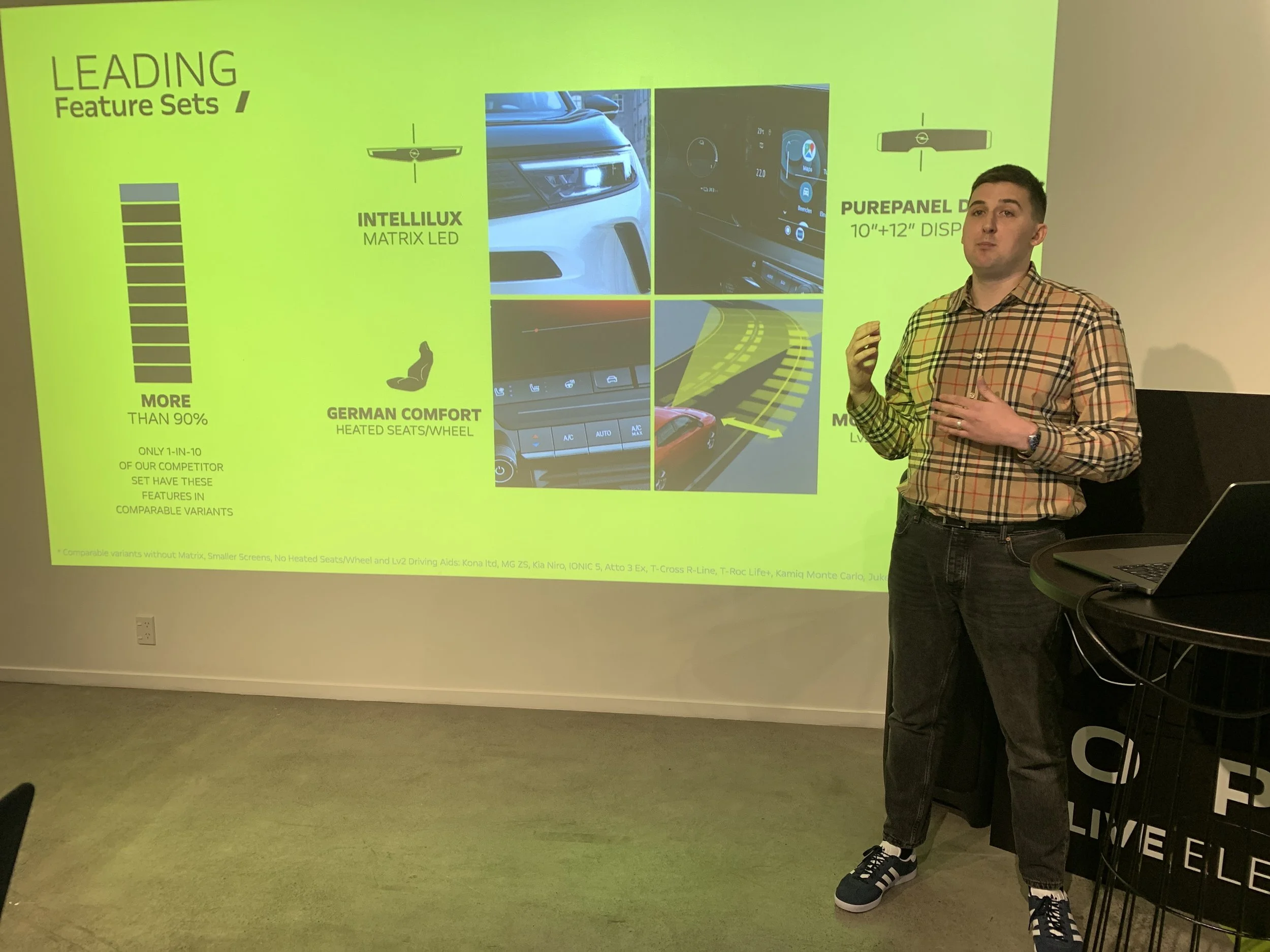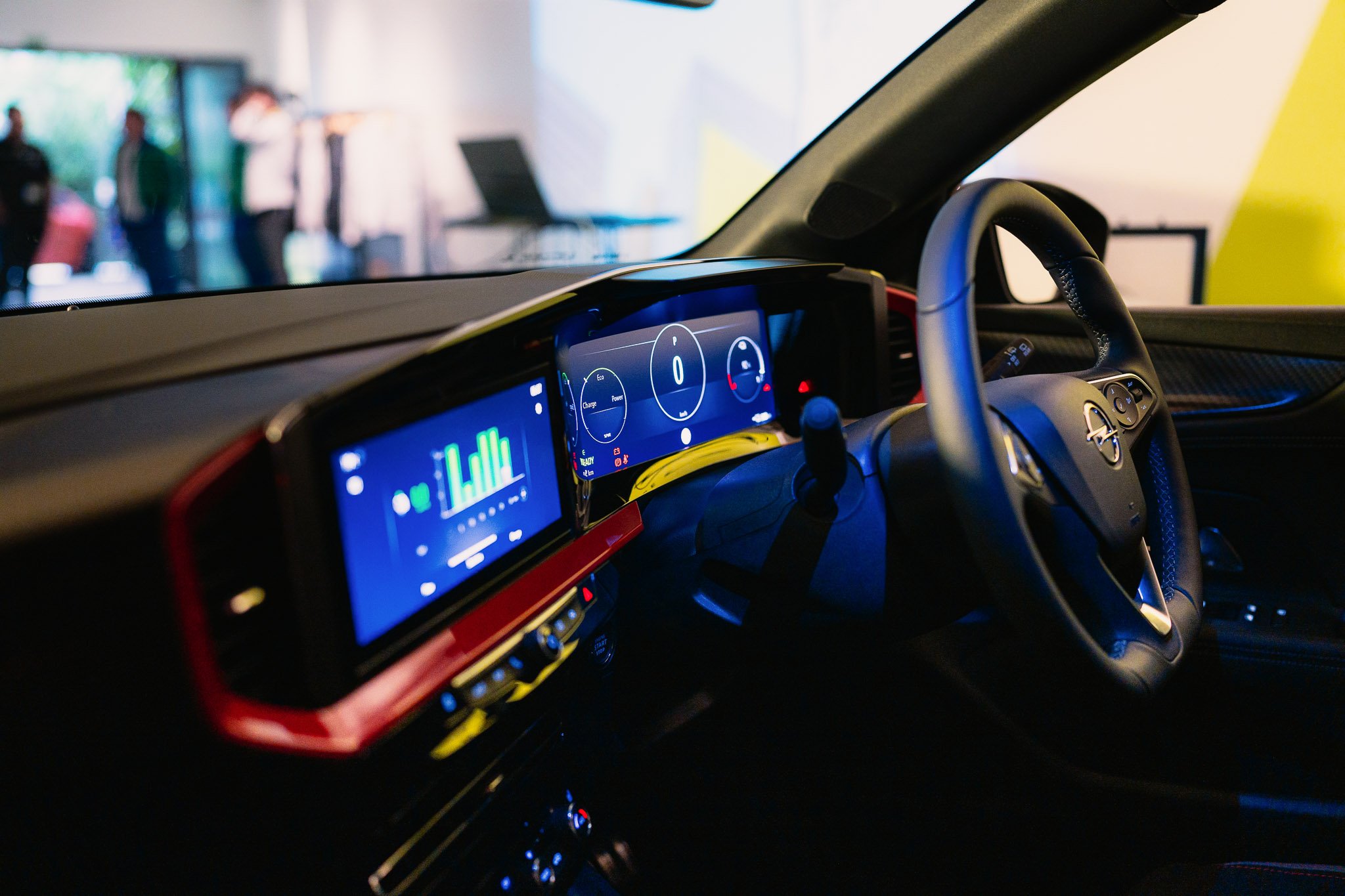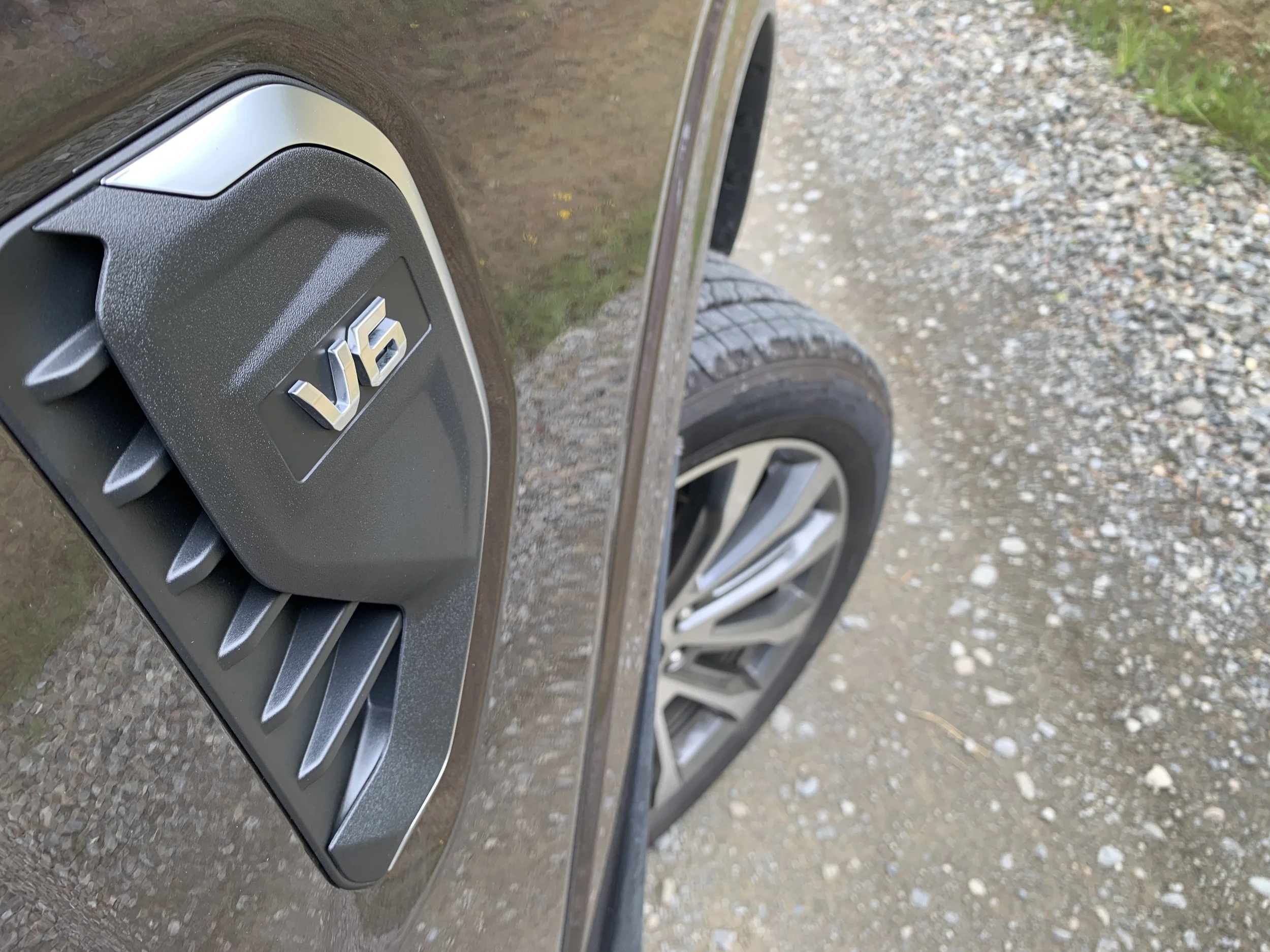Electric an Opel priority, but petrol price leaders needed
/Low CO2 count and strong technology push underpins brand’s return.
THE make whose badge is a lightning bolt might yet represent as a pure electric brand, but for now there’s benefit to having petrol understudies to the two battery-reliant models arriving now.
This from Opel’s local agents in a meet-the-press event that allowed brief taste of the Mokka compact crossover in electric form and a look at the Corsa city hatch.
These are the models rolling out progressively over the next few months to an emergent, largely North Island-based sales network in fully electric ‘e’ and 1.2-litre SRi petrol editions.
The Opels thrown down a gauntlet, ostensibly against all mainstream Europeans but also exposing a make they owe everything to.
The Corsa (below) and Mokka (above) are retailing for between $3000 and $5000 less than the Peugeots they derive from, the gap widening more for the petrols when Clean Car rebates are achieved.
Kiwi interest already swinging more strongly toward the battery drive shows in most of the electric editions in the first shipment already spoken for sight-unseen, Opel commercial manager Noah Robertson has indicated.
This hasn’t surprised as there is acceptance this country’s switchover to electric is progressing at a greater pace than was initially forecast, with Government’s emissions reduction strategy being influential.
Also, too, the national distributor when announcing in April that Opel was coming back said then it would maximise the opportunities it had from exposure to the fresh design and electrified engineering direction taken by the make, with ambition to make it the lowest emissions German marque here.
Weighing against this, though, was desire to deliver cars at a popular price point at time when electric carries a component cost premium.
Corsa provisioning as a $36,990 base petrol SRi car and the crossover sister at $38,990 (Mokka Edition) and $44,990 (Mokka SRi), while Corsa-e SRi and Mokka-e, both with a 100kW/260Nm single motor powertrain fed by a 50kWh battery and allowing 363km and 383km range, respectively site at $59,990 and $69,990 (pre rebate), makes that possible.
“We wanted to provide a full range with more accessible price points … those more accessible price points came from ICE (international combustion).” says Robertson (above).
The petrols were so efficient they also gained rebates, not achieved by the Peugeots as even though the linked brands’ engines have identical outputs, Opel runs an eight-speed automatic the French fare doesn’t update to until mid-2023.
“At this stage, because the majority of the market is still not EV, we wanted this brand to represent modern German detox, with no emissions or low emissions, in a full range of vehicles across a full range of price points.
“That decision, I think, is a very interesting one we are continuously re-evaluating that in terms of the future.”
Opel’s French tie established in 2017 and it is now part of the giant Stellantis Group whose multinational holdings include PSA (Peugeot-Citroen), Fiat, Alfa Romeo and America’s Jeep and RAM brands.
Nationally Opel and the PSA lines are under the same national distributor, Armstrong Group, via the AutoDistributors NZ mantle. And it’s been here before; both behind the ‘Blitz’ badge now returning and with Holden (between the mid-1980s to 2020), when it was part of General Motors.
Though the Peugeot 208 and 2008 seem particularly targeted by the pricing, Armstrong’s strategy isn’t to pick on the sibling, Robertson says.
If anything, it is out to play down the technical ties with PSA – which in respect to the Corsa, Mokka and next year’s Astra hatch are very close indeed, those being respectively mechanical, specification and platform-sharing twins of the 208, 2008 and new 308 – and focus on presenting Opel as country’s best value German car marque, as a foil to Volkswagen in particular.
“We don’t see Peugeot and Citroen necessarily as competitors … at ADNZ all our children are equal, “Robertson says.
“The pricing strategy wasn’t based on Peugeot and Citroen, it was based on the entire market. It was based on getting a really aggressive launch price.”
Yet is there a concern the pricing might lead to a potential of ADNZ robbing Peter to pay Paul, by luring Peugeot buyers into what was ostensibly a better value pitch?
“In terms of our market share for all of our brands, the strategy is not to take customers from Peugeot and Citroen … it’s going after a bigger pool of competitors … other European mid-market brands.”
The idea is that Mokka SRi will be measured against the VW T-Cross R-Line and T-Roc Life Plus, Skoda Kamiq Monte Carlo, Nissan Juke Ti and Hyundai Kona Limited, while the Mokka-e will be cross-shopped against Kona Limited, MG’s ZS EV, Kia Niro, Hyundai Ioniq 5 and BYD Atto 3. On strength of a 20 minute flit through urban Auckland, the latter looks set to be an intriguing challenger; it has a funky modern look and feel and, while performance is obviously familiar in respect to the 2008, it seems to offer a more mature dynamic feel and delivers a more orthodox driving position that will suit taller drivers.
Corsa’s competitor pool is somewhat smaller, due to a paucity of compact hatchbacks now. The Skoda Fabia stands out. Astra seems likely to be pitched against Golf and VW’s impending I.D. electrics. The scenario for the only other Opel confirmed for NZ, a plug-in hybrid medium crossover called Grandland that’s the only car maintaining GM-era underpinnings, is not clear.
AutoDistributors’ chief executive Chris Brown said Opel’s environmental ethos and commitment to an electrified future would be appreciated.
“New Zealanders as a whole have always been very conscious of their place in the world. We've shown in the past that we, we like to take responsibility. We like to play our part and show leadership in the issues that are actually facing the globe.
“We've done it with the apartheid, we've done it with nuclear energy … recently what we've particularly noticed that when it comes to the environment, our research has shown that 75 percent of Kiwis actually want to do the right thing.”
The Opel product strategy would help Kiwis who were vexed about their decision-making when considering what sort of new car to buy at this time of change. Europe was already a leader in weaning off fossil fuel and toward alternates with better efficiencies.
“Europe has been at the forefront of legislation that has immediate made it easier than ever before for consumers to, to choose fuel efficient vehicles.
“There are many markets where electric vehicles are best-selling vehicles in the market. Consumers are encouraged to choose fuel efficiency without penalty.
“Some brands have adapted quickly, and I'm thankful to say Opel has done that.”
It was now Europe’s fastest-growing German brand and a good fit for NZ, which he cites as probably the most sophisticated market in the southern hemisphere.
Having a range that delivers to EU6 emissions standard, the barometer for current Government legislation, was a plus, and not just because every Opel sold here will qualify for a Government rebate. It also allows it to stand on strong Green credentials, hence the ‘detox’ strapline, with model lineup emissions well below the national average.
“We are absolutely on the path to achieve very, very good CO2 … represented in some of the largest segments in New Zealand.”
Opel’s first shipment only landed last week; 85 percent pre-sold and the remainder mainly set to be dealer demonstrators. Pre-launch interest has been strong, with 5000 sales leads, and anyone ordering a Mokka today would not see it for four months.
In addition to the environmental strengths, Opel is also selling as a technology brand, with high-end features and also ability for level two autonomous driving, meaning the cars can take over steering, acceleration, and braking in specific scenarios, but require a driver to actively supervise.
Robertson says the high level of pre-sale has been a surprise. “We didn't think was going to be possible. We thought people would definitely … test drive the cars first.”
Having cited five dealers initially, Opel now has nine, with two more to be announced. The sole South Island representation so far cited is in Christchurch. Others are throughout the North Island, between Auckland and Wellington.
NZ is easily Opel’s most remote market. The nearest other recipient for the brand is French Polynesia and the next closest right-hand drive country is Singapore.






















